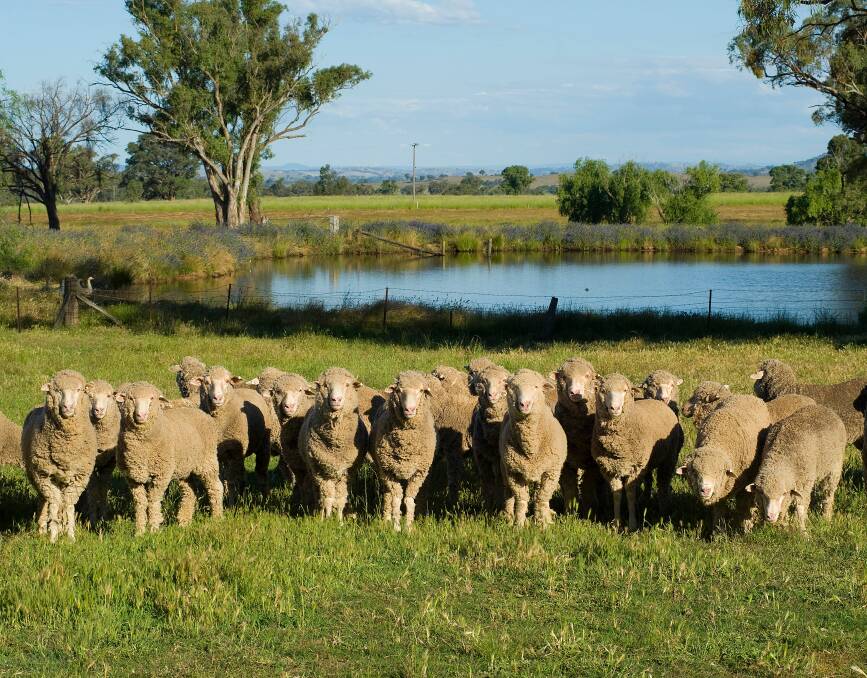
With warmer weather around the corner combined with recent rain events, sheep producers need to be prepared for humid spring conditions that are ideal for flystrike.
Subscribe now for unlimited access.
or signup to continue reading
Flystrike is a condition that costs the Australian sheep industry approximately $173 million annually, as a result of lost production, treatment costs and deaths. Reducing the risk of flystrike has immense benefits to the health and wellbeing of sheep and their productivity.
The major fly responsible for flystrike in sheep is the green blowfly, Lucilia cuprina, which is believed to be the cause of 90 per cent of flystrike cases.
Lucilia cuprina begins to become active when temperatures are above 15 degrees C and is most active when temperatures are between 26 and 36 degrees C, and conditions are calm.
Each female fly can have up to 300 viable offspring and with a 21-day life cycle when conditions are optimal, fly numbers can increase rapidly.
The fly is attracted to odour and moisture, so the risk of flystrike increases when there is regular consistent rainfall that keeps the sheep's skin moist.
Sheep most susceptible to flystrike are those with breech wrinkles, long wool, dags, urine stain, fleece rot, dermatitis and/or wounds.
Sheep that have been previously fly-struck have a relatively higher likelihood of being re-struck.
The prevention of flystrike requires an integrated plan and includes the following:
- The selection of sheep and marking of lambs to produce a flock with relatively low susceptibility to flystrike;
- Shearing and crutching timed before the peak flystrike risk period;
- Correct use of preventative chemicals timed to give protection during the peak flystrike risk period;
- Worm control and dietary management to help reduce the prevalence of dags;
- Selection of open, windy, dry paddocks; and
- Removal of infective material and carcasses that may attract flies.
As conditions become more conducive to flystrike, sheep should be monitored more regularly for flystrike.
If a fly-struck sheep is found, the affected area should be clipped close to the skin, dressed to prevent reinfection, and the sheep should be moved to a hospital paddock to reduce the risk of infecting the rest of the flock.
Any maggots should be collected and killed to help reduce the build-up of fly populations.
For further advice please contact your local veterinarian, rural merchandise reseller or Agriculture Victoria veterinary or animal health officer, or in NSW your Local Land Services or visit websites www.flyboss.org.au and https://www.wool.com/sheep/welfare/breech-flystrike/

